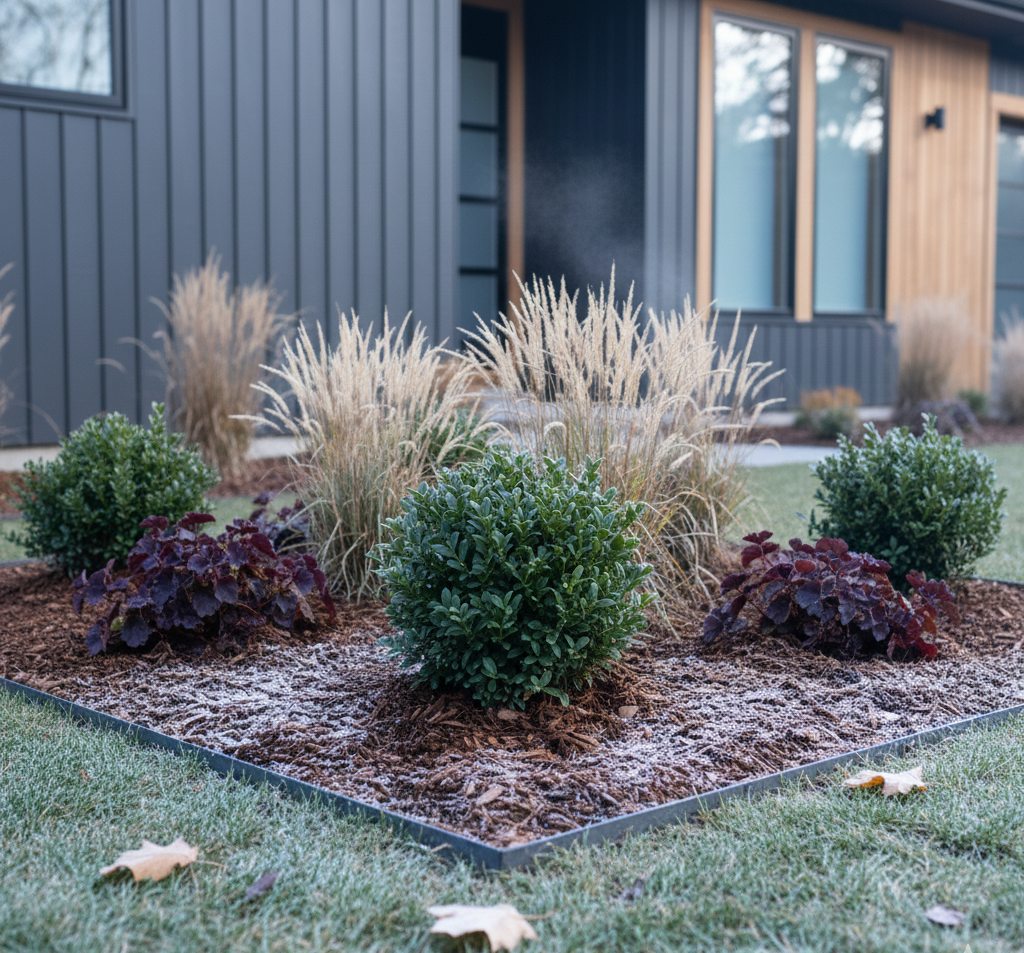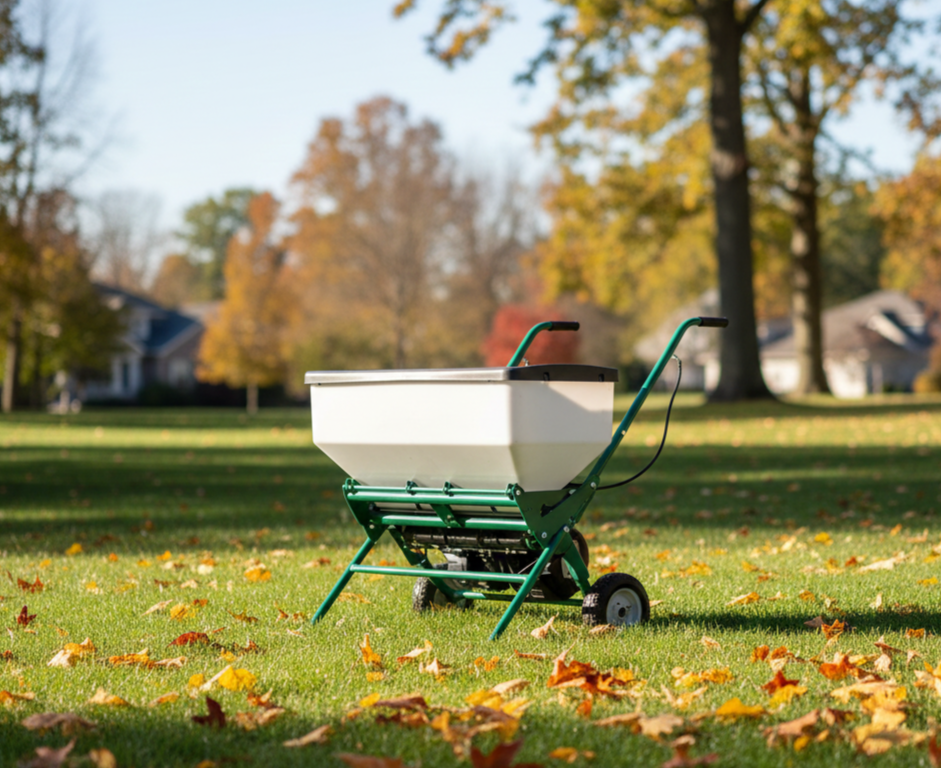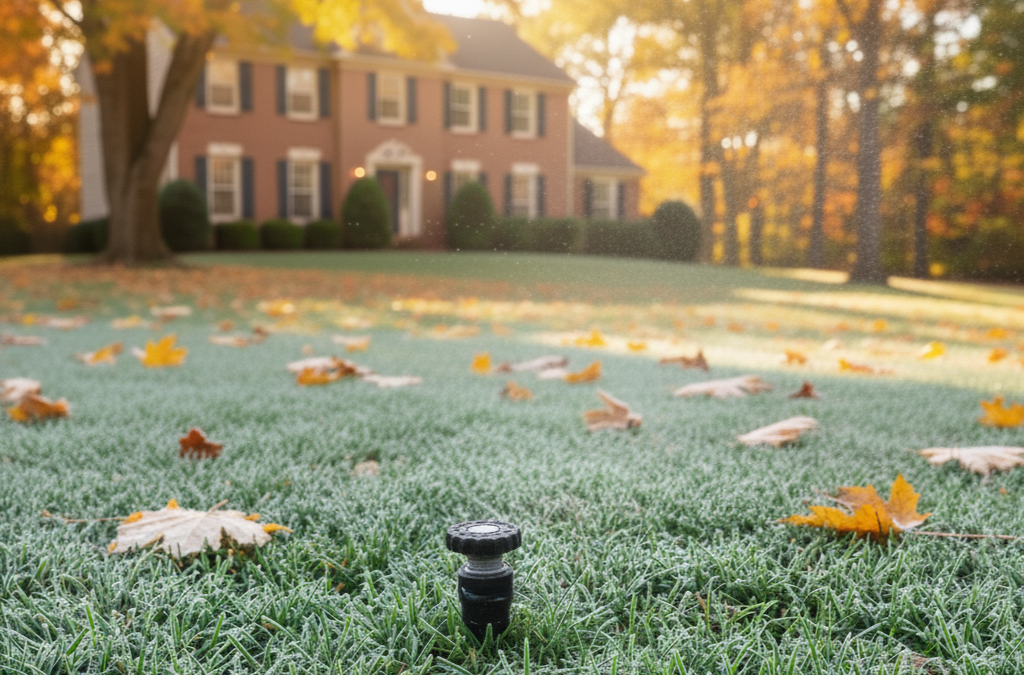Best Stones For Retaining Walls
You may have noticed the structure that holds back all the soil. These are known as retaining walls. These structures are essential, but since you are thinking of building a stone retaining wall, you may be confused as to which stone to use for this wall.
We’re here to reveal the kind of stones needed for building a retaining wall. Let’s take a quick look!
A Quick Look at the Types of Stones Used For Retaining Walls
The three best kinds of stones used for retaining walls are poured concrete, concrete blocks, and dry stacks. Each of these bring a unique feel to the yards. You also have other options such as gabion, wood, brick, and dry boulder too.
You can also add stone veneer to some types of retaining walls. It makes the wall look like stone, but the material can get expensive.
This was just a sneak peek. Allow us to share the pros and cons of the three best kinds of stones used for a retaining wall.
The Pros and Cons of Using Concrete Blocks
Concrete blocks have the ability to withstand extreme weather conditions and temperature. Rodents and insects cannot harm this material, unlike wood which can be destroyed easily. The only downside is that concrete blocks can get damaged by water. It will be hard to repair these.
The Pros and Cons of Poured Concrete
Poured concrete is a strong retaining wall material. It offers a modern and sleek look to any house. The aesthetic appeal is a big plus, but yes, this material is prone to cracking. Fixing these cracks will not be an easy task. You might have to replace the entire wall, and it could get easily stained.
The Pros and Cons of Dry Stack Wall
Dry stack walls are solid and durable - the credit goes to the process through which these are built. These walls have built-in drainage too. And the biggest plus is they’re easy to build. The downside is that they settle inside the ground easily.
Which is the strongest retaining wall?
Poured concrete is a good choice for retaining walls. It helps create a smooth retaining wall. Make sure you keep it clean, and prevent any damage.
Dry stack walls are also solid and durable. At the end, you have to choose one that is best within your budget.
How To Care For a Retaining Wall?
A retaining wall is an excellent and visually appealing addition to the yard. But, it’s important to keep it clean.
Here are a few steps to keep your retaining wall clean:
1. Remove all the debris before cleaning the wall.
2. Use a hose to clean the wall. This will get the wall wet, and rest everything else becomes easier. You can finish the job quickly once you use a hose.
3. Use a cleaner meant for retaining walls. You could use a bucket of water with some soap.
4. Use a scrubber to scrub the stone. Use a stiff bristled brush for this.
5. Now rinse the wall, and wash it off with the water hose.
Let the wall dry up. It will take a few hours.









